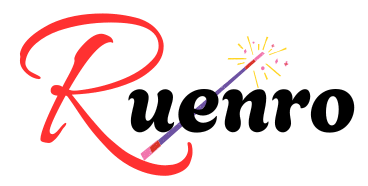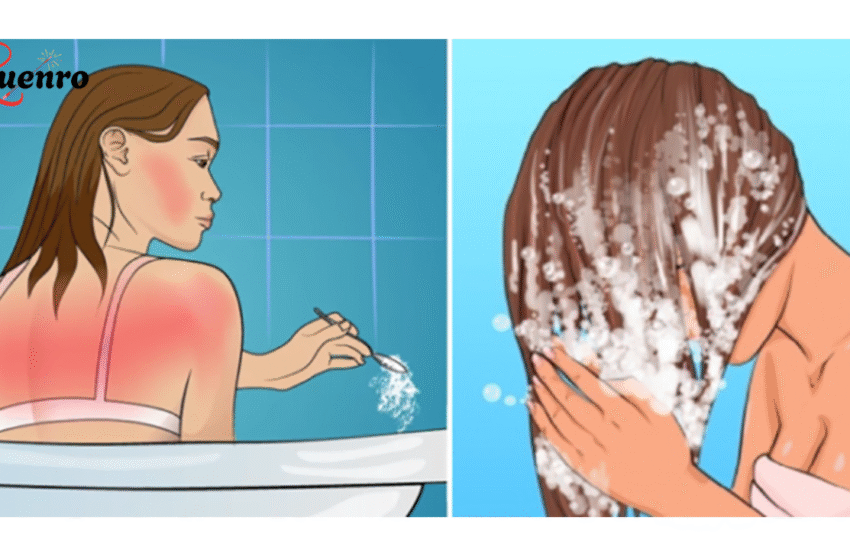5 Reasons Behind Breast Pain
Breast pain — medically known as mastalgia — is a common concern among women of all ages. It can range from a mild tenderness to a sharp, burning, or throbbing pain that affects one or both breasts. While it can be alarming, breast pain is usually not a sign of breast cancer. In most cases, it’s caused by hormonal changes, lifestyle factors, or minor health conditions.
Understanding the root cause of breast pain can help you find relief and determine when it’s time to consult a doctor. Below are the five most common reasons behind breast discomfort and what you can do about each one.
1. Hormonal Fluctuations
One of the leading causes of breast pain is hormonal change, particularly the rise and fall of estrogen and progesterone throughout a woman’s menstrual cycle. These hormones affect the breast tissue, causing swelling and tenderness, especially before your period.
When It Happens:
- 1–2 weeks before menstruation (during the luteal phase)
- During puberty, pregnancy, or menopause
- When starting or changing birth control pills
What It Feels Like:
- Aching or heaviness in both breasts
- Swelling or fullness
- Pain that disappears once menstruation starts
What You Can Do:
- Wear a supportive bra that reduces breast movement.
- Apply warm or cold compresses to relieve tenderness.
- Limit caffeine and salt, which can worsen fluid retention.
- Over-the-counter pain relief, such as ibuprofen or acetaminophen, can also help.
If hormonal breast pain becomes severe or interferes with your daily life, talk to your doctor about hormonal treatments or low-dose contraceptives that stabilize your cycle.
2. Fibrocystic Breast Changes
Another common cause of breast pain is fibrocystic breast tissue, a benign (non-cancerous) condition that causes lumps, thickened tissue, and cysts. These changes can make breasts feel tender, swollen, or lumpy — especially before your period.
When It Happens:
Fibrocystic changes are most common in women aged 20–50 and tend to fluctuate with menstrual cycles.
What It Feels Like:
- Lumpy or rope-like breast texture
- Pain or tenderness that increases before menstruation
- Swelling or heaviness in one or both breasts
What You Can Do:
- Avoid excess caffeine and chocolate (they can make cysts more tender).
- Use a supportive bra, especially during physical activity.
- Apply warm compresses to ease pain.
- Maintain a low-fat, high-fiber diet to balance hormones naturally.
While fibrocystic changes are harmless, you should still perform regular self-breast exams. If you notice new or unusual lumps that don’t go away after your period, get them checked by a healthcare professional.
3. Injury or Muscle Strain
Sometimes, breast pain doesn’t originate from the breast tissue itself but from the muscles, ribs, or joints beneath it. Activities like lifting heavy objects, exercising intensely, or sleeping in an awkward position can strain the chest muscles (pectorals), leading to pain that mimics breast discomfort.
When It Happens:
After physical strain, injury, or even coughing fits that affect the chest muscles.
What It Feels Like:
- Pain in one breast or one side of the chest
- Pain that worsens with movement, stretching, or pressing on the area
- A dull ache that improves with rest
What You Can Do:
- Apply ice or heat packs to the sore area.
- Gently stretch or massage the chest muscles.
- Take a break from strenuous exercise.
- Use anti-inflammatory medications if needed.



